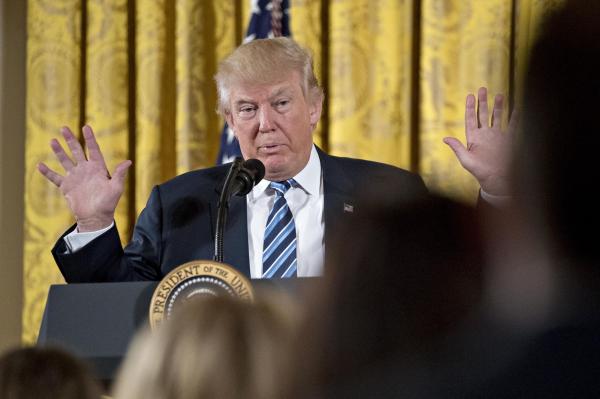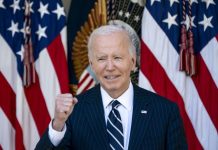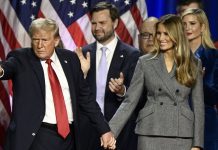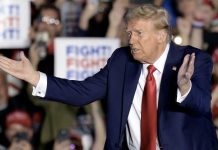
WASHINGTON, D.C., Jan. 23 (UPI) — President Donald Trump is expected to sign executive orders that affect trade with other nations — withdrawing from the Trans-Pacific Partnership and renegotiating the North American Free Trade Agreement.
The White House last weekend said the president will concentrate on an “America first” emphasis as outlined in his inauguration speech Friday in Washington.
“With a lifetime of negotiating experience, the president understands how critical it is to put American workers and businesses first when it comes to trade,” according to a statement posted on the White House website. “With tough and fair agreements, international trade can be used to grow our economy, return millions of jobs to America’s shores, and revitalize our nation’s suffering communities.
“This strategy starts by withdrawing from the Trans-Pacific Partnership and making certain that any new trade deals are in the interests of American workers. President Trump is committed to renegotiating NAFTA. If our partners refuse a renegotiation that gives American workers a fair deal, then the president will give notice of the United States’ intent to withdraw from NAFTA.”
His trade team will be in charge of working on the deals: Commerce Secretary nominee Wilbur Ross, U.S. Trade Representative Robert Lighthizer and Peter Navarro, the head of the newly formed White House Trade Council.
Trump plans to sign an executive order announcing his intention to withdraw from the TPP, which is a a trade agreement among 11 Pacific Rim countries that has not been ratified by Congress, a White House official told NBC News. He wants individual trade negotiations with the countries in the TPP.
Former U.S. Trade Representative Michael Froman said earlier this month Trump risks “abdicating” trade leadership in the Asia-Pacific region and it would create an opportunity for China to step in with its Regional Comprehensive Economic Partnership deal that includes Australia, China, India, Japan, New Zealand and South Korea.
“There simply is no way to reconcile a get-tough-on-China policy with withdrawing from TPP,” Froman said during a speech to the Washington International Trade Association. “That would be the biggest gift any US president could give China, one with broad and deep consequences, economic and strategic.”
NAFTA was enacted in 1994 when Bill Clinton was president.
Trump, who made it a campaign promise to change NAFTA, is expected to sign an executive order as early as Monday to renegotiate the deal between the United States, Canada and Mexico, a White House official told NBC News.
Trump announced plans over the weekend to meet with Canadian Prime Minister Justin Trudeau and Mexican President Enrique Peña Nieto. He spoke with them on the phone over the weekend.
“We’re going to start some negotiations having to do with NAFTA,” Trump said Sunday at a swearing-in ceremony for his top White House advisers. “I ran a campaign somewhat based on NAFTA. But we’re going to start renegotiating on NAFTA, on immigration, on security at the border.”
Canada and Mexico are the United States’ two largest export markets.
But Trump says it’s ruining America’s manufacturing sector and called it “one of the worst deals ever” during an October debate with Hillary Clinton.
The Center for Automotive Research said that pulling out of NAFTA could cost auto jobs created after the Great Recession. “Counter to the incoming Trump administration’s goal of creating manufacturing jobs, the withdrawal from NAFTA or the implementation of punitive tariffs could result in the loss of 31,000 U.S. jobs,” CAR said.
Trump has threatened a 35 percent tariff on goods sold back to the United States if companies move their operations outside the United States.
Trump is scheduled to meet with labor union leaders Monday.





